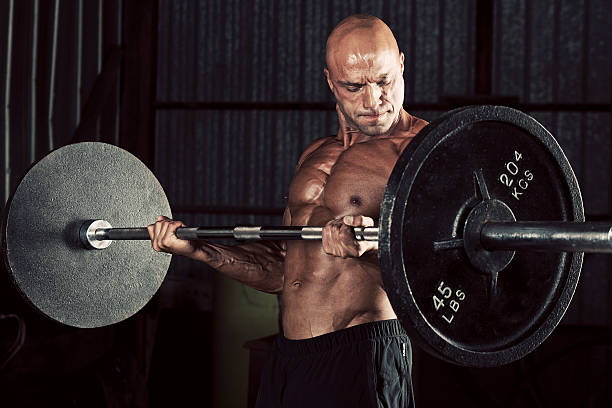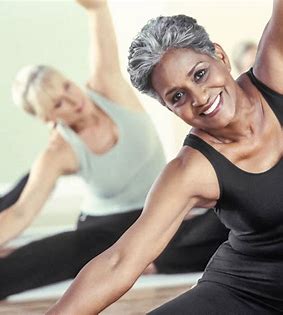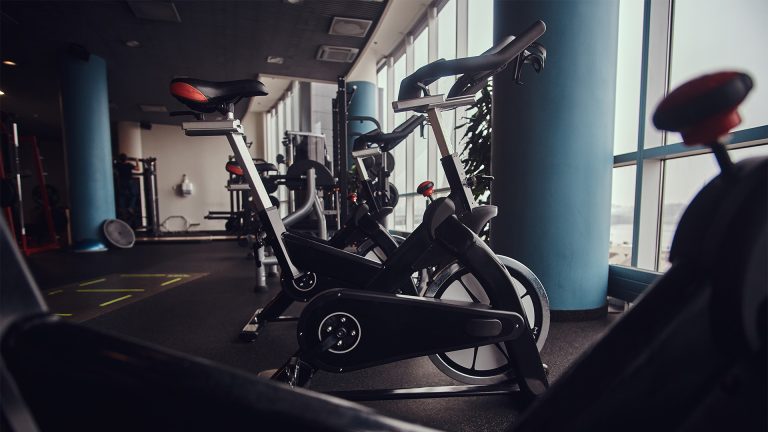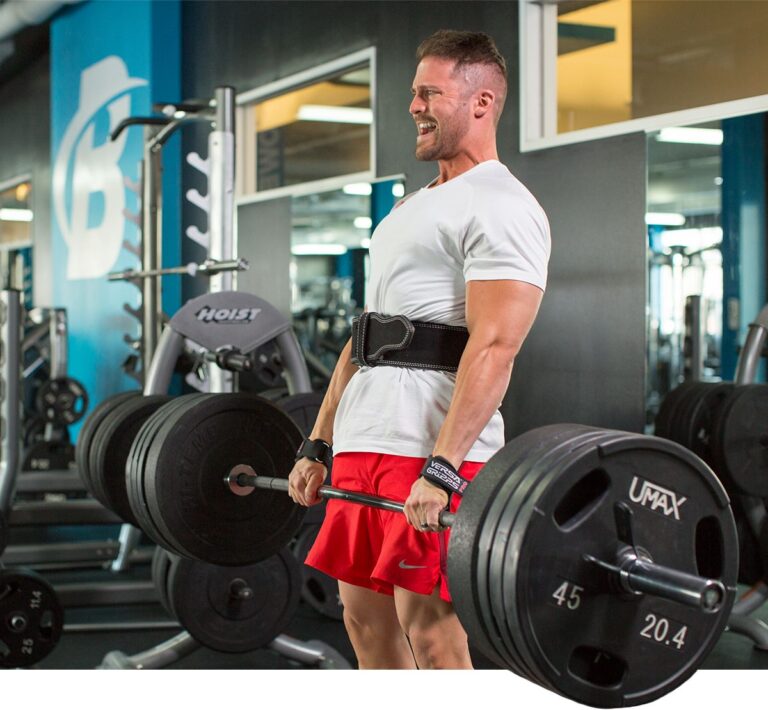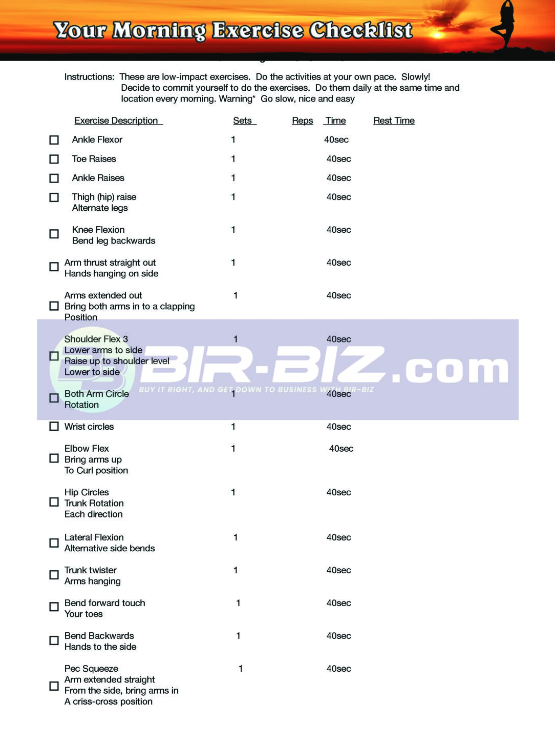If you are like most people, you want to be as strong and fit as possible. To do that, you need to use weights in your workouts. But with all the different types and brands of weight plates, it can be tough to know which ones are the best for your needs. Not to worry, though; I’m here to help! This post will give you a comprehensive guide to the best weight plates for 2022. So, whether you’re just starting or a seasoned workout warrior, read on for some tips and advice that will help improve your next gym session!
What is a Weight Plate?
A weight plate is a flat, heavy object you lift as part of a strength-training routine. Weight plates are available in various sizes, shapes, and weights from cast iron, steel, or rubber. “A disc or ring of metal, wood, or other material used in weightlifting, bodybuilding, and some types of training to increase the weight you lift.”
Types of Weight Plates
You will find three primary types of weight plates: Olympic, standard, and bumper. Olympic weight plates usually are cast iron or steel.
The are two main types of weight plates: Olympic-style and standard. The Olympic-style weight plates have a 2-inch diameter hole in the center, while standard weight plates do not—Olympic-style weight plates designed for Olympic-style barbells.
Standard weight plates are typically cast iron or steel and have a one-inch center hole.
Rubber or urethane makes up bumper plates. So you can drop the weights without damaging the floor or equipment. CrossFit and Olympic weightlifting use Bumper plates in their meets.
History of Weight Plates
In the early 20th century, in 1928, Weight plates became an exciting addition to the weightlifting world when first used for rotary presses with metal discs on barbells.
The International Olympic Committee stated that weightlifting made its first appearance in this high-level sporting event in 1896, practiced by both the Egyptians and the Greeks. At that time, it was a means to measure strength and power
The Olympic plates, sometimes called “bumper plates,” were used to weigh the bars to help measure their strength and power. Though initially wide-rimmed, solid tended to cause damage to the floor when dropped, cast iron plates intentionally or unintentionally eventually replaced with steel plates covered in rubber.
Traditional weights were black or grey; the plates’ color can also be critical. The International Weightlifting Federation (IWF) requires that plates used in their events be a specific color based on their weights. For example, the plates (or “discs25 kg are red, 20 kg needs to be blue, and 15 kg plates are yellow. Every other weight has a specifically designated color as well, all the way down to the smallest ones, which are 0.5 kg and white.” as they call them)
Weight plates used in exercise by themselves, such as front raises or sit-ups, or you can add them to bars to perform a variety of lifts, including deadlifts and barbell rows. Additionally, you can combine with Power Racks to perform exercises such as the squat.
How many weight Plates do you need?
All home gyms should have two 45-pound plates; two 25lbs, two10 lbs, 5 lbs, and 2.5s. This weight combination provides very thing, from just the bar up to 220 pounds.
How many Bumper Plates do I need?
For every 90 lbs over 300 lbs that your goal is, add 2 x 45 lb bumper plates.
Best weight Plates to Purchase
Before you purchase Olympic weight plates, there are three primary factors to take into consideration:
- Material: Olympic weight plates consist of cast iron, rubber, or (more recently) urethane. Some weight plates are a combination of these materials.
Cast iron plates are the most common; they can be basic or machined iron. Machined cast iron plates are usually more accurate than basic cast iron.
Bumper plates, or just bumpers, are Olympic-sized weight plates made of thick, dense rubber to allow a loaded bar to drop without risk damaging your lifting platform, the plates themselves, or the floor.
- Weight accuracy: is expressed as a percentage and indicates the degree of accuracy in the weight plate. It describes how close the actual weight is to the stated weight. For example, a 45 lb plate with a 2% tolerance means the actual weight will be plus or minus 2% of 45 lbs (0.9 lbs). That is, the weight plate will be 44.1 – 45.9 lbs.
- Durability: This will depend on the manufacturer; there have been reports of weight plates cracking after being dropped, especially plates with grips. Good steel plates can withstand dropped.
Our first pick is Rogue Machined Olympic Plates: Rogue’s Machined Olympic Plates offer greater precision than many comparable steel plates in the industry.
These plates are sold in pairs or as a complete 245lbs set; these time-tested cast iron plates range from 2.5LB up to 45LB, with custom orders available to equip your affiliate or home gym as needed.
Classic steel Olympic plates are still the gold standard for many serious lifters
Our #2 pick is York Barbell Cast Iron Olympic Plates: The York Barbell Standard Olympic Weight Plates are the meat & potatoes of the York line. These sturdy plates do not need all kinds of bells & whistles to get by–just solid muscle-building power. Perfect for building your in-home gym or for a commercial setting.
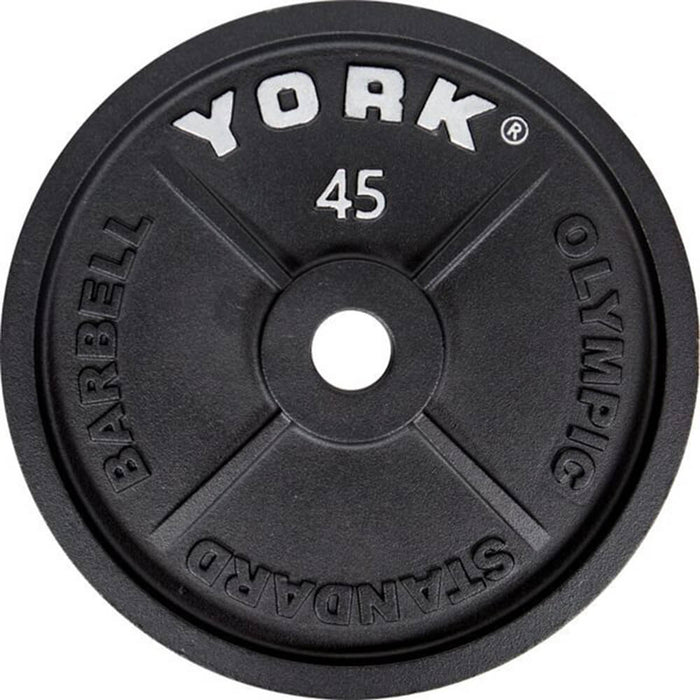
Our #3 pick is Rep Fitness Iron Plates: Rep Fitness’ cast iron Olympic weight plates represent great value. Their current 275 lbs set, which includes two pairs of 45 lbs and 5 lbs plates and one pair of 25 lbs, 10 lbs, and 2.5 lbs, is $245 and may well be the cheapest bundle you can find.
Rep Fitness’ cast iron Olympic weight plates represent great value. Their current 275 lbs set, which includes two pairs of 45 lbs and 5 lbs plates and one pair of 25lbs, 10 lbs, and 2.5 lbs, is $245 and may well be the cheapest bundle you can find.
However, remember that these are solid cast iron plates and are not machined or have gone through an extensive balancing process, so you can expect minor inaccuracies. In addition, the weight tolerance is 3-5%.
Conclusion
Weight plates are an essential piece of equipment for any weightlifting or strength training routine. They came in various sizes, weights, and designs, from cast iron, steel, or other materials.
When choosing weight plates, it’s essential to consider the type of exercises you’ll be doing, the amount of weight you’ll need, and the available space. Olympic plates are the largest and heaviest type of weight plate, while standard plates are smaller and lighter. Bumper plates are softer material that protects your floor or equipment if you drop them.
If you’re starting, getting a few different sizes of plates is a good idea to gradually increase the amount of weight you’re lifting. You can also buy weight plate sets with a barbell and all the necessary plates.
No matter what your goals are, there’s a weight plate set that’s right for you.
